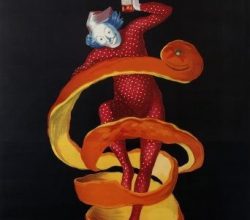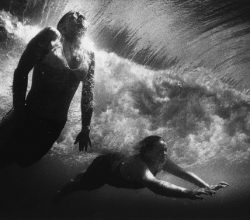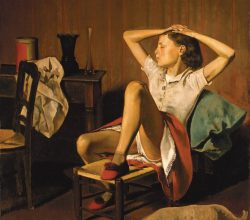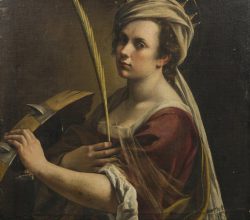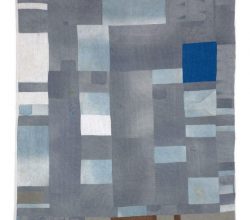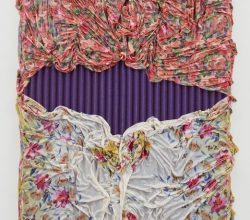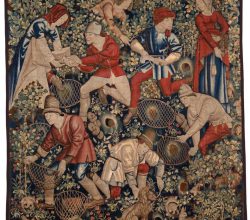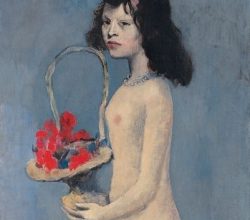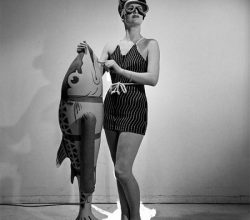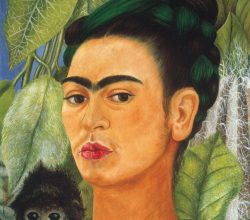
Patron saint of lipstick and lavender feminism
Germaine Greer | Tate etc | 22nd February 2018
The focus of a London show – on Frida Kahlo’s belongings – is regrettable, says a reviewer. Let’s focus on her art. No, says Germaine Greer, the show has it right. Kahlo conducted her life as a performance. “To consider Kahlo as a painter only is to confuse one part of the performance for the whole. Her devotion to this process was extraordinary. The performance was her reality.”

